Radiata Pine Lumber
- July 31, 2023
- 0 comment
Radiata Pine lumber, scientifically known as Pinus radiata, boasts a rich history originating from the coastal regions of California and Oregon, USA. Renowned for its adaptability and rapid growth, this softwood species has found a welcoming home beyond its native habitat, flourishing in diverse global climates. Its remarkable strength-to-weight ratio has garnered immense admiration from industries like construction, woodworking, and furniture-making.
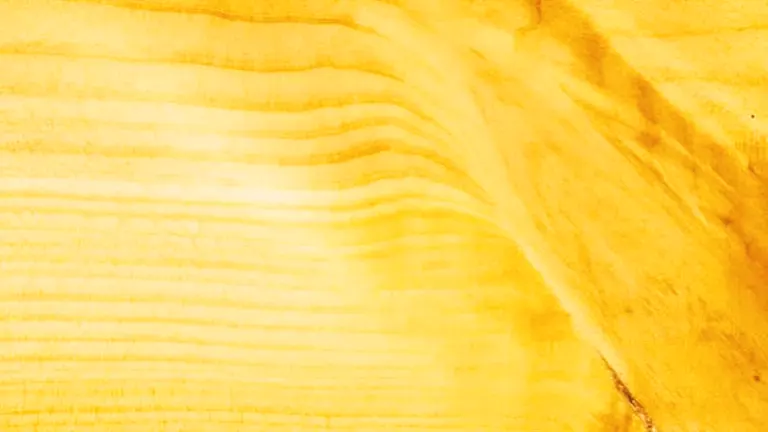
With towering heights reaching up to 100-150 feet and trunk diameters of 3-5 feet, the trees yield ample raw material for various applications. The lumber’s uniform, straight grain and smooth texture make it a joy to work with both hand and machine tools. Radiata Pine’s popularity is further cemented by its budget-friendly nature, making it an economical choice for countless projects.
As a versatile building material, Radiata Pine finds its way into a plethora of applications, offering exceptional stability and reliability in the construction world. From framing to interior and exterior trim, doors, windows, paneling, and furniture, this adaptable wood has proven its mettle across diverse domains. Even in the realm of sustainability, Radiata Pine stands strong as a more eco-conscious option due to its rapid growth and replenishment rate compared to slow-growing hardwoods. While it requires adequate protection against rot and decay for outdoor use, its ease of workability and capacity to hold screws and nails firmly make it a cherished companion in the hands of artisans and craftsmen alike.
| Category | Information |
|---|---|
| Common Name(s) | Radiata Pine, Monterey Pine |
| Scientific Name | Pinus radiata |
| Distribution | Originally native to California and Oregon, now widely planted in various regions globally. |
| Tree Size | Grows to heights of 100-150 feet (30-45 meters) and a trunk diameter of 3-5 feet (0.9-1.5 meters). |
| Average Dried Weight | Approximately 29 lbs/ft^3 (460 kg/m^3). |
| Specific Gravity | 0.46 to 0.48 |
| Janka Hardness | 710 lbf (3,160 N) |
| Modulus of Rupture | 10,200 lbf/in^2 (70.3 MPa) |
| Elastic Modulus | 1,220,000 lbf/in^2 (8.41 GPa) |
| Crushing Strength | 6,670 lbf/in^2 (46 MPa) |
| Shrinkage | Radial: 4.5%, Tangential: 7.5%, Volumetric: 12.9% |
Characteristics:
Color/Appearance:
Radiata Pine exhibits a pleasing range of colors, with its heartwood displaying light yellow to pale brown hues, while the sapwood tends to be a lighter, almost white shade. The distinction between the heartwood and sapwood is not pronounced, resulting in a uniform appearance that adds to its appeal in various applications.
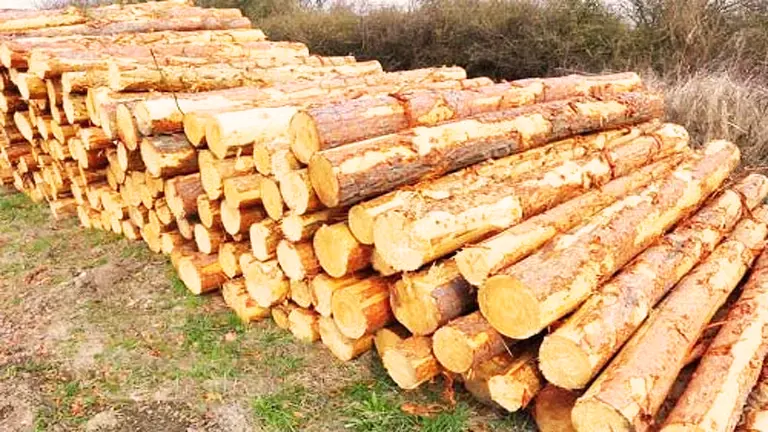
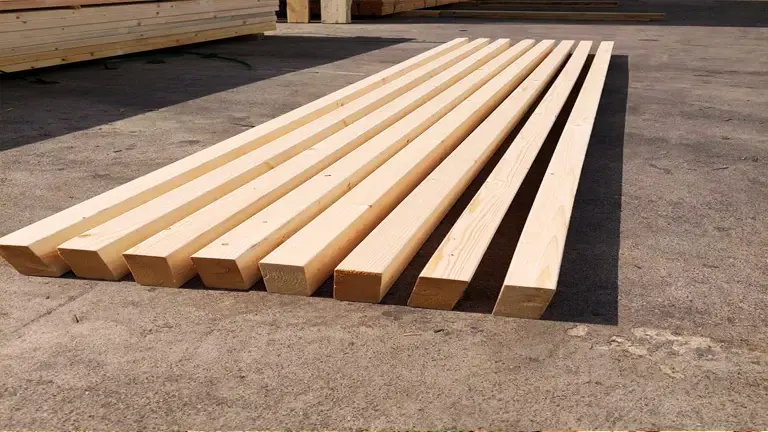
Grain/Texture:
The grain pattern of Radiata Pine is typically straight, offering a clean and consistent look to the wood. Its even texture contributes to a smooth surface, making it ideal for projects that require a refined finish.
Rot Resistance:
One aspect where Radiata Pine falls short is its natural resistance to decay. Without proper treatment or protection, the wood is vulnerable to fungal attacks and insect infestations. As a result, it is recommended to employ suitable preservatives or finishes when using this wood in outdoor or damp environments.
Workability:
Radiata Pine stands out for its exceptional workability, both with hand tools and machinery. It responds well to cutting and shaping, producing clean edges and surfaces. Additionally, the wood holds screws and nails firmly, making it a favorite for carpenters and woodworkers. However, due to its soft nature, care must be taken to avoid splitting during fastening.
Odor:
Unlike some other wood species that possess distinctive scents, Radiata Pine typically lacks any characteristic odor or fragrance.
Allergies/Toxicity:
As a softwood, Radiata Pine does not present specific hazards or toxic elements. However, like all woods, some individuals may experience respiratory or skin irritations when handling or working with the material. Proper ventilation and protective measures are advisable in such cases.
Pricing/Availability:
Radiata Pine enjoys widespread availability, making it one of the more affordable softwood species in the market. Its accessibility and budget-friendly nature contribute to its popularity among consumers and industries alike.
Sustainability:
In terms of sustainability, Radiata Pine has a favorable edge over slower-growing hardwoods. Being a fast-growing species, it has a shorter regeneration cycle, making it a more renewable and eco-conscious choice for wood-based projects. However, the overall sustainability of Radiata Pine can vary depending on the specific forestry management practices employed in different regions.
Common Uses:
Radiata Pine’s versatility shines through its numerous common applications. From construction framing to interior and exterior trim, doors, windows, and paneling, this adaptable wood is favored for its stability and reliability. It also finds use in furniture-making and plywood production, making it an indispensable material across various industries.
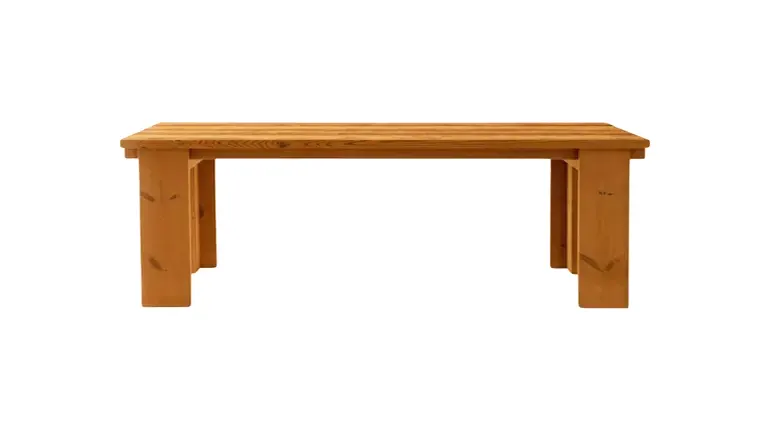

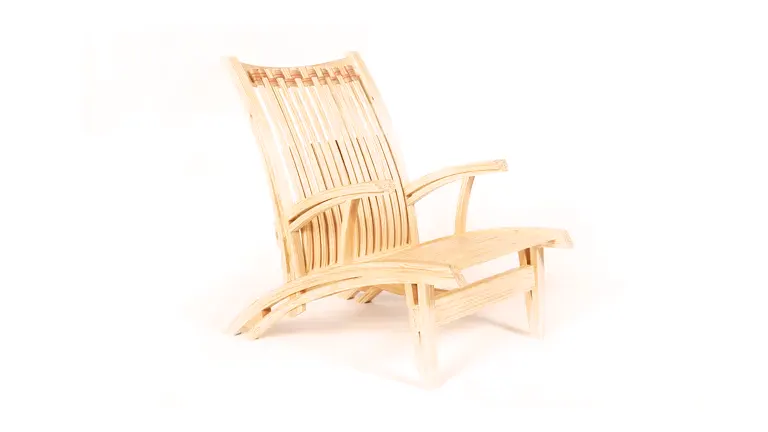
FAQs:
- Is Radiata Pine a hardwood or softwood?
Radiata Pine is a softwood species. - Can Radiata Pine be used for outdoor projects?
While it can be used for outdoor projects with proper treatment and finishing, it is not naturally durable against rot and decay. - Is Radiata Pine sustainable?
Generally, yes. It is considered more sustainable than many slow-growing hardwoods due to its faster growth rate. - What is the best way to finish Radiata Pine?
Radiata Pine accepts various finishes well. Staining, painting, or applying a clear coat are common choices. - Does Radiata Pine have any special odor or scent?
No, Radiata Pine typically lacks any characteristic odor.



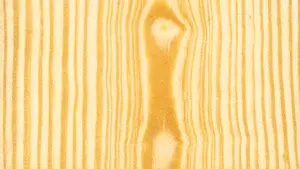
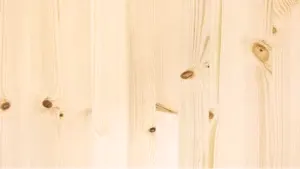


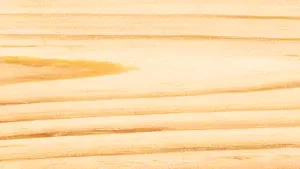


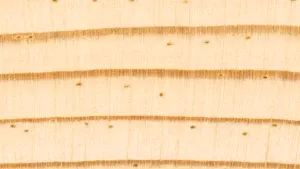
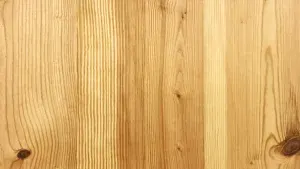
Leave your comment